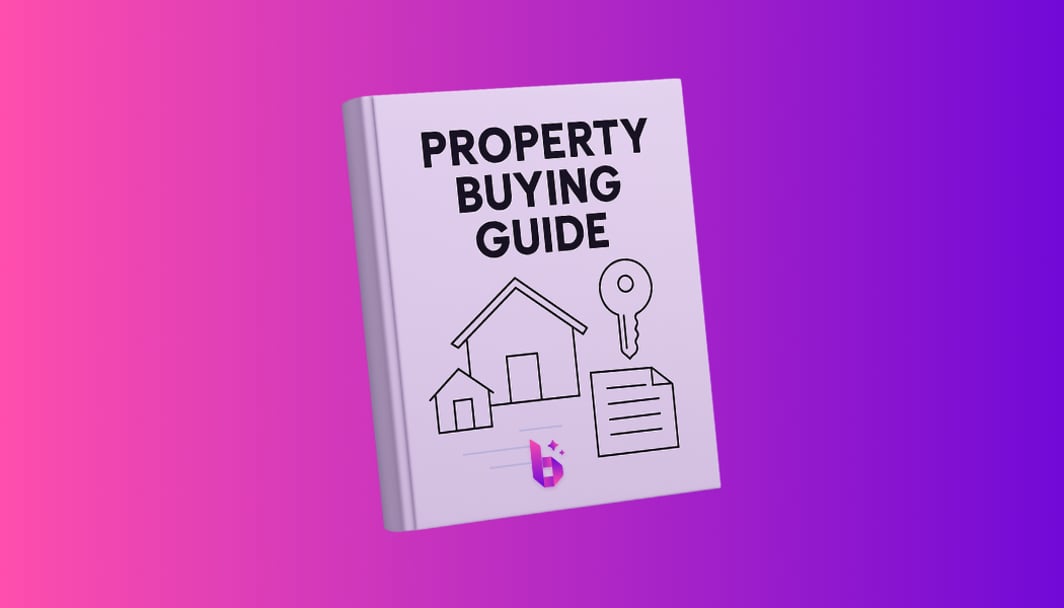Cost of Buying Property Calculator
Estimate your home buying costs with our easy-to-use calculator guide, and make informed decisions for a smooth property purchase in Australia.
Buying a property is exciting, but the many costs can feel overwhelming. A cost of buying property calculator helps you estimate these expenses. Knowing the costs lets you plan ahead and make smart choices about your new home. Here’s how these calculators work and where to find them.
Key takeaways
- A property cost calculator helps you estimate the real expenses, making it easier to plan your home-buying budget.
- To get accurate estimates, enter details like the purchase price, location, and fees into the calculator.
- Be sure to review the calculator’s results closely, as they show costs that are useful for your financial planning.
- Use Bheja.ai to get AI-driven insights on home loans, compare over 100 brands, receive helpful alerts, and make smarter financial decisions easily.
Understanding the cost of buying property calculator
A cost of buying property calculator helps future home buyers estimate all the expenses involved in buying real estate. It covers more than just the property price, including charges like stamp duty, legal fees, and inspection costs. Knowing these numbers is important for planning your budget, especially in Australia’s competitive property market.
The Importance of cost calculators
When you start looking to buy property, the many costs can be overwhelming. A cost of buying property calculator gives you a clear idea of what to expect financially. Here’s why these calculators are helpful:
- Budget Accuracy: They help determine if the buyer can afford the property.
- Transparency: By breaking down costs, they ensure that buyers are not caught off guard.
- Decision Making: Equipped with detailed financial insights, buyers can make informed choices.
How do these calculators work?
Cost calculators work by using several key details that affect your total property buying costs. Knowing what to enter helps you get a more accurate estimate.
Key inputs
- Purchase Price: This is the most significant factor. Simply enter the property's sale price to start the calculation.
- Stamp Duty: A state government tax on property purchases, stamp duty varies by state and can be a hefty expense.
- Legal Fees: Typically incurred for hiring legal professionals to assist with contracts and other documents.
- Inspection Fees: Costs for property inspections to ensure there are no hidden issues.
- Loan Fees: If you're taking out a mortgage, be aware of any application fees or costs related to obtaining the loan.
- Insurance Costs: Don’t forget to include home insurance and other necessary coverage costs.
All these factors are important in figuring out the total cost of buying a property.
Example calculation
Here’s an example of how a calculator works. If you’re buying a home for $500,000 in New South Wales, you might enter the following details:
- Purchase Price: $500,000
- Stamp Duty: Approximately $20,000 (based on current rates)
- Legal Fees: $3,000
- Inspection Fees: $500
- Loan Fees: $1,000
- Insurance Costs: $1,200
Adding up these costs gives you a better idea of your total spending, not just the sale price.
Understanding the outcomes from these calculators
Once you enter your details into a cost of buying property calculator, it’s important to understand what the results mean. Focus on these key points:
Interpreting results
- Total Estimated Costs: Review the final figure, which includes all calculated expenses.
- Breakdown of Fees: A good calculator shows how much you spend on each category, like stamp duty and legal fees. This can help you spot where you might save money.
- Comparison with Budget: Check if the estimated total fits your budget. If not, you may need to adjust your plans.
Planning your budget
Once you understand these calculations, you can plan your finances better. It’s a good idea to set aside part of your budget for unexpected costs during the buying process.
Helpful financial tools
Besides cost calculators, you can also use other financial tools such as:
- Mortgage repayment calculators: Evaluate potential monthly payments based on different interest rates and loan terms.
- Mortgage calculator hub: These help you to see calculators at one place.
Common pitfalls when using cost calculators
Calculators are helpful, but there are some common mistakes to watch out for:
Underestimating costs
- Buyers often forget to include additional expenses such as moving costs, furniture, and ongoing maintenance fees.
- Always look at the full picture and leave some extra room in your budget.
Not rechecking inputs
- Ensure that the data you input is accurate. Double-check figures like the purchase price and state-specific stamp duty rates.
Relying solely on online calculators
- While calculators are valuable, they should complement, not replace, consultations with financial advisors or mortgage brokers. They can provide expert guidance tailored to your unique circumstances
Tips for using the cost of buying property calculators effectively
Here are some tips to enhance your experience with these tools:
- Research Current Rates: Stay updated on the latest stamp duty rates and other state fees. The Australian Government housing guides are a good resource.
- Use Multiple Calculators: Different tools may give different results, so try a few to get a clearer idea.
- Seek Professional Advice: If you’re unsure, talk to real estate agents or mortgage brokers. They can offer insights that calculators can’t provide.
By learning how to use these calculators well, you can make your home buying process smoother and avoid common financial mistakes.
Related Posts
Frequently Asked Questions
A property buying cost calculator is a tool that helps potential home buyers estimate the total costs of purchasing a home. It includes expenses such as the purchase price, stamp duty, legal fees, and other costs.


